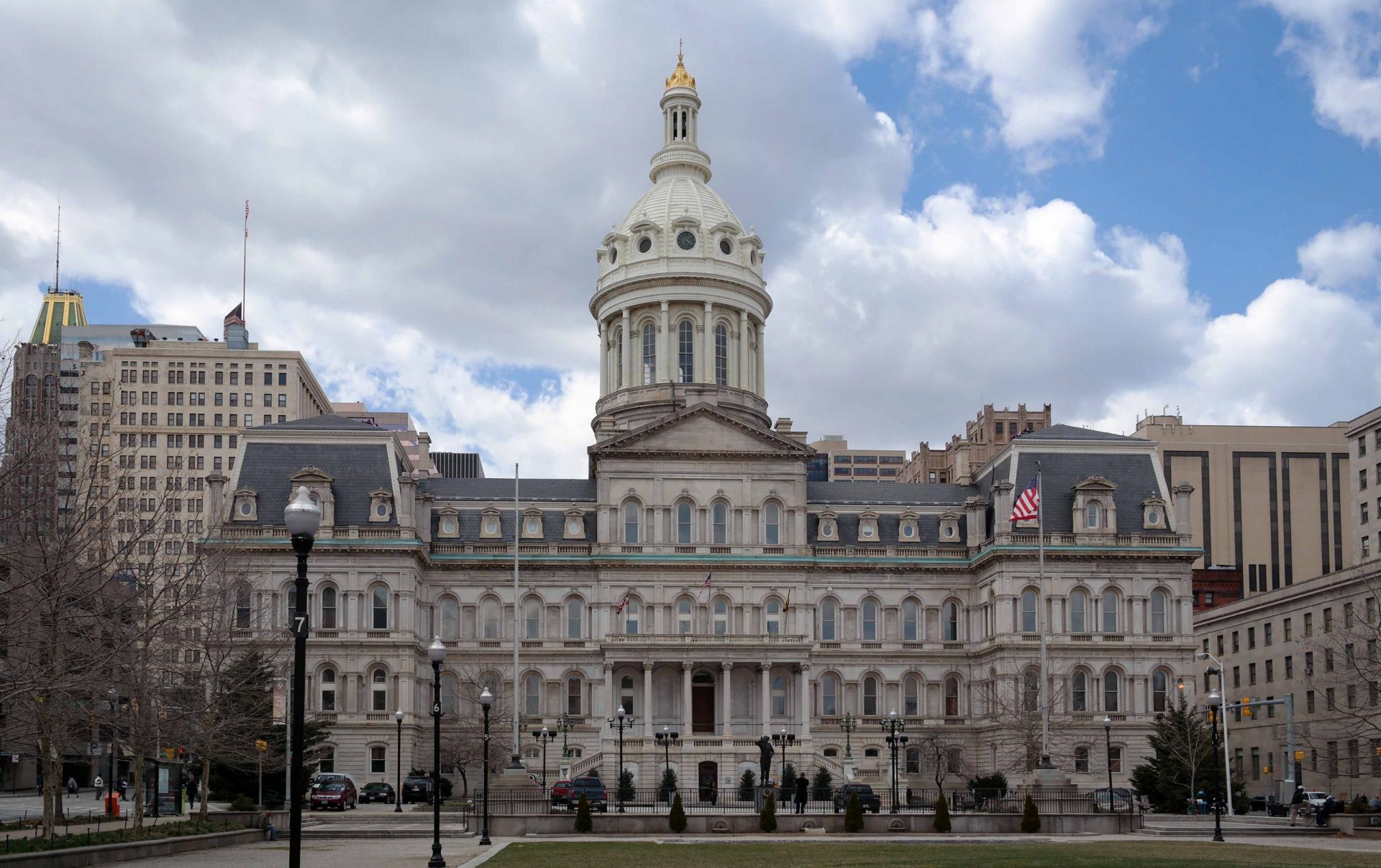Challenge-based procurement models help save governments time upfront by clearly articulating a challenge, rather than needing to specify a solution’s details. As one Task Force member explained, “I want to understand how people are moving through my downtown” rather than “I want a sensor system to detect footsteps.” Importantly, it allows a wider range of potential responses to the proposal, including new and innovative companies that may solve the challenge in surprising and unexpected ways. City Innovate’s STIR program resulted in over 50% of contracts going to innovators from underrepresented communities. One thing to keep in mind is that challenge-based procurement can remove some of the comparability between solutions in a way that specific RFPs allow, but for many applications, the benefits of a broader pool of innovative approaches outweighs this downside. Misalignment of the intent for procurement, and the decision-making over funding streams can often be a barrier to challenge-based approaches, so it’s important to have buy-in at a high-level and alignment across decision-makers early.
- High-impact, Medium-difficulty
- Example: City Innovate’s STIR program \\ Boston’s Beta Block’s is a more comprehensive model that incorporates resident values and concerns directly
- Next Steps: Double-check with procurement offices the statutes around challenge-based procurement. Then reach out to City Innovate or CivStart to try out a challenge-based procurement model.

